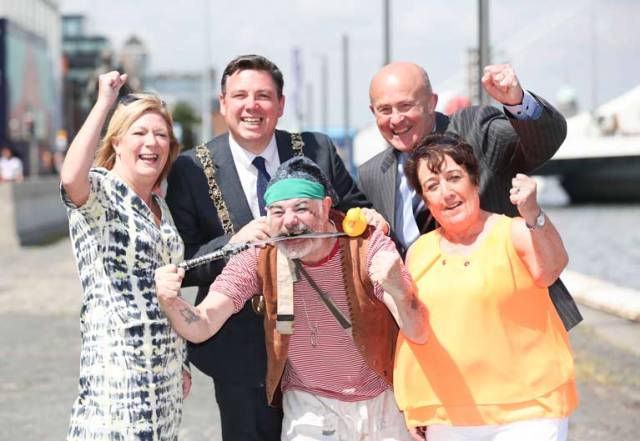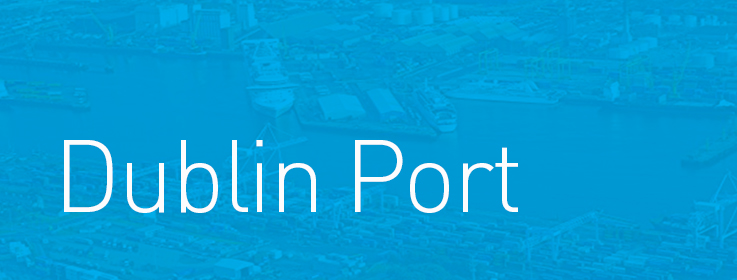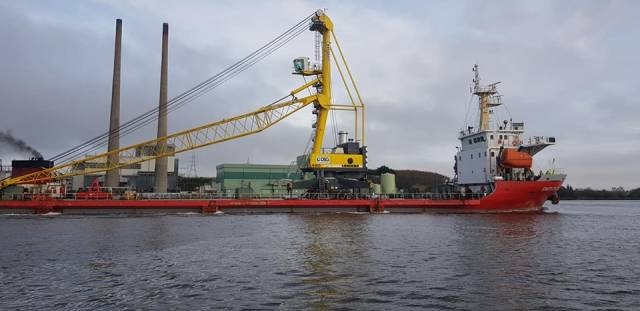
Enough Talk Brings Second New Crane to Irish Shores - this Time Dublin Port
27th November 2019 Dublin Port
Engineering Projects in Dublin Port Among Award Shortlist: Public Invited to Cast Vote
7th November 2019 Dublin Port

Tall Ship ‘Libertad’ Arrives In Dublin Port Tomorrow For Five-Day Visit
31st October 2019 Tall Ships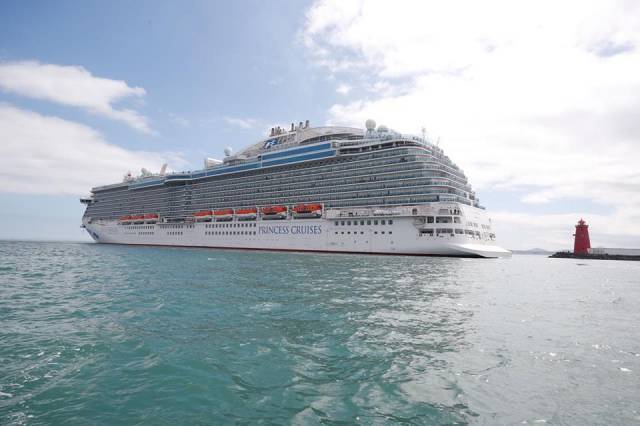
Consultation Launched by Dublin Port to Canvass Views on Growing Cruise Business
23rd October 2019 Dublin Port

Parking Plan for 500 Trucks to Avoid Brexit-Related Traffic at Dublin Port
27th September 2019 Dublin Port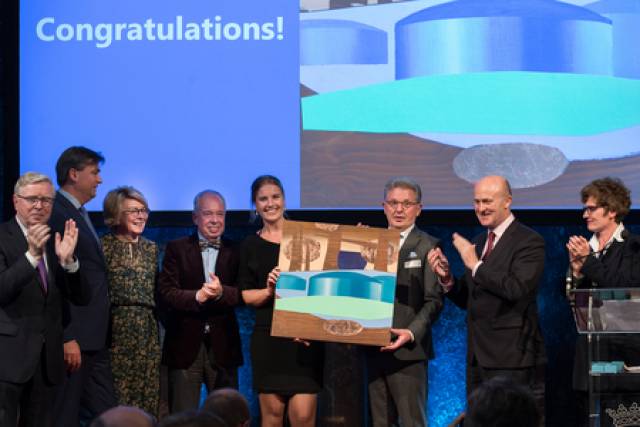
ESPO Jury Puts Dublin Port Among Finalists for Societal Integration of Ports Award
23rd September 2019 Dublin Port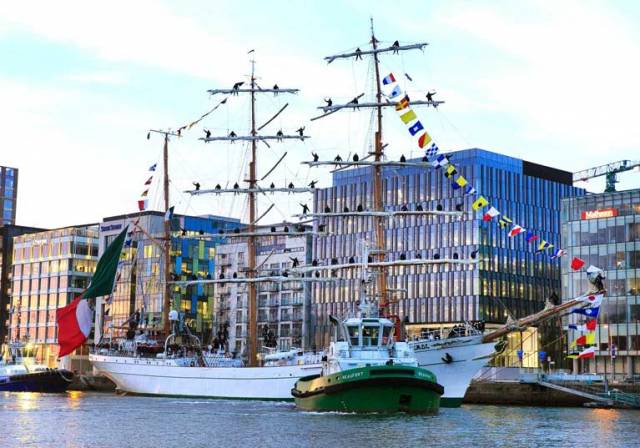

Planning Approval Given to Dublin Port's Latest Phase of Its Inland Development
15th August 2019 Dublin Port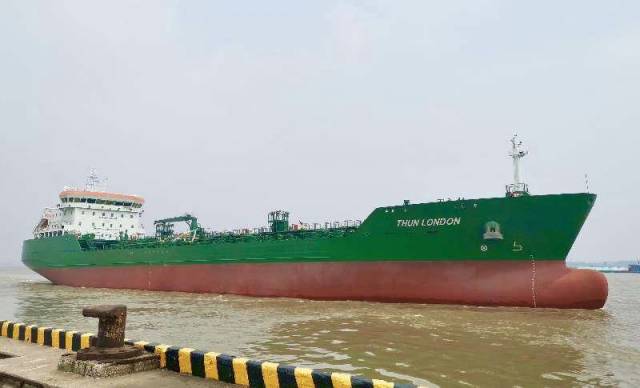
Brand New Chinese Built Tanker for Swedish Lake Based Shipping Group Arrives in Dublin Port
14th August 2019 Dublin Port